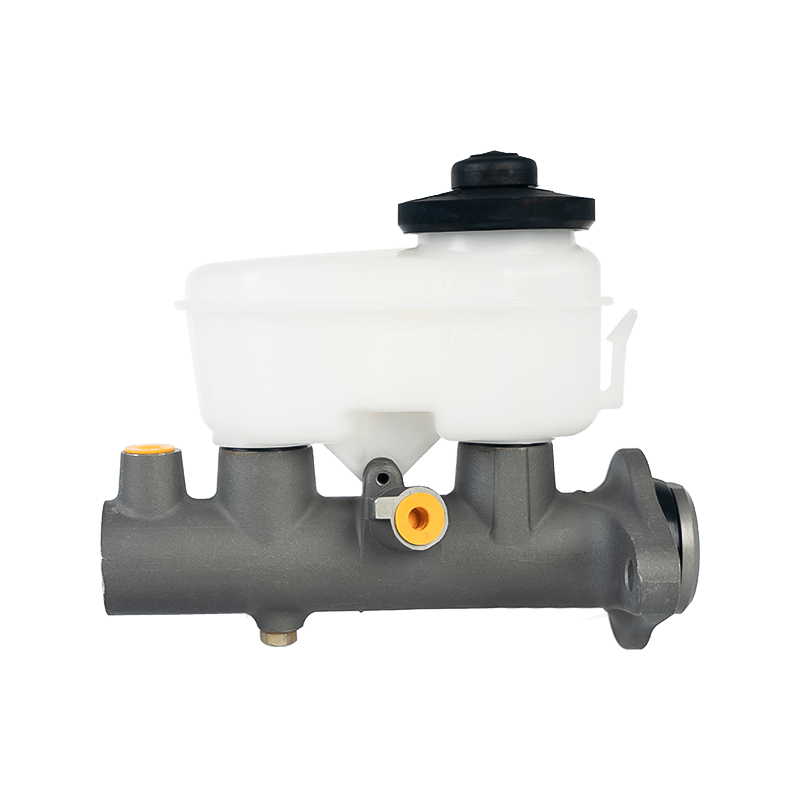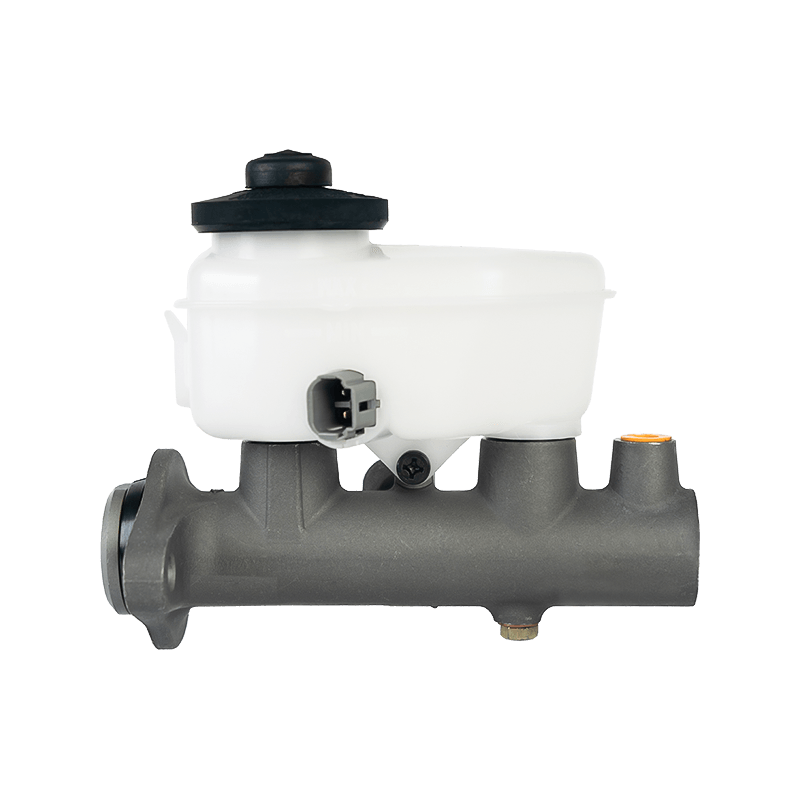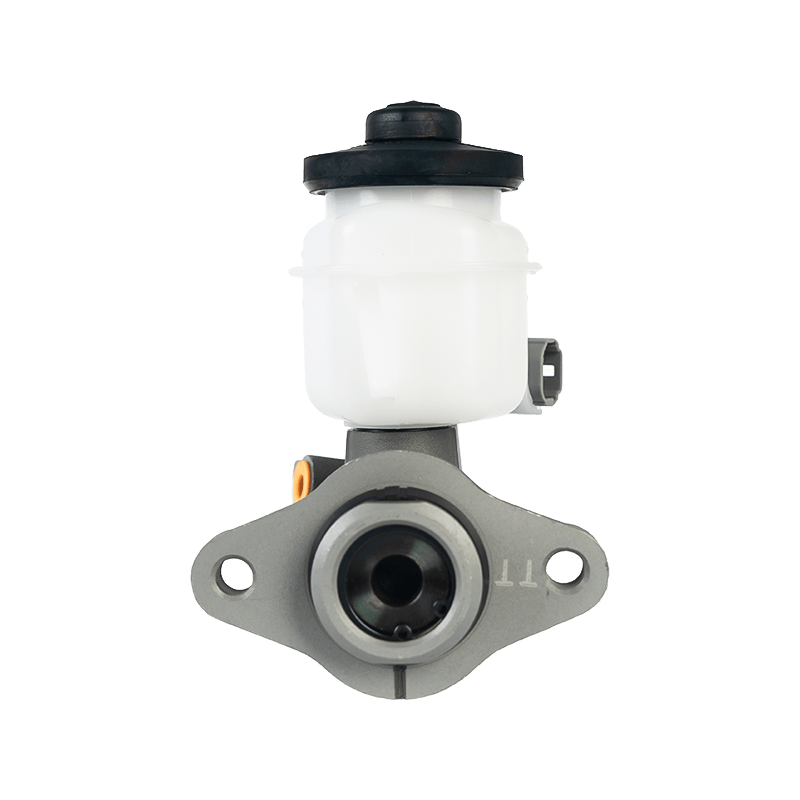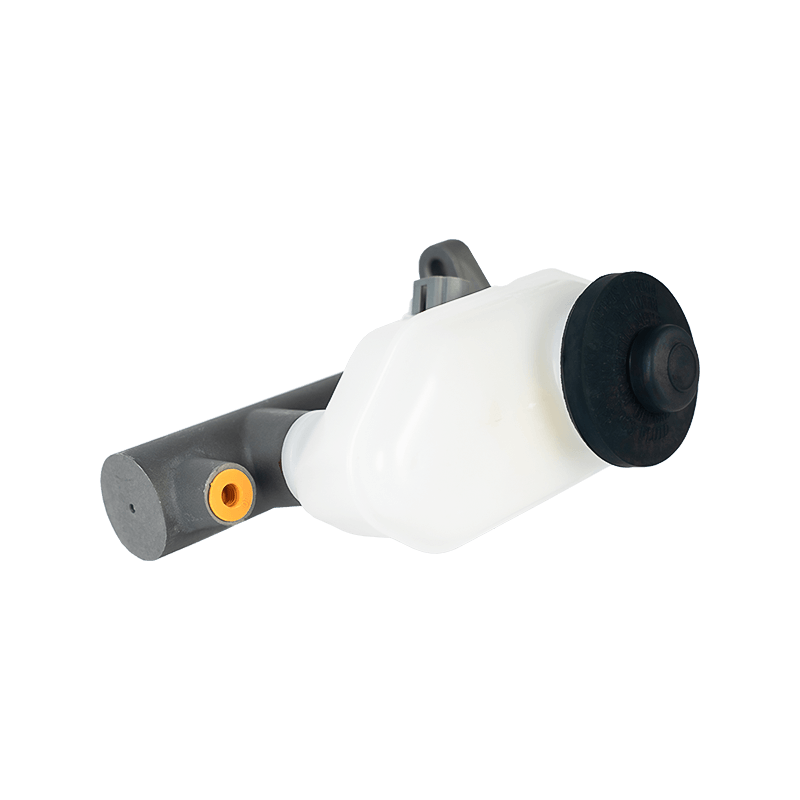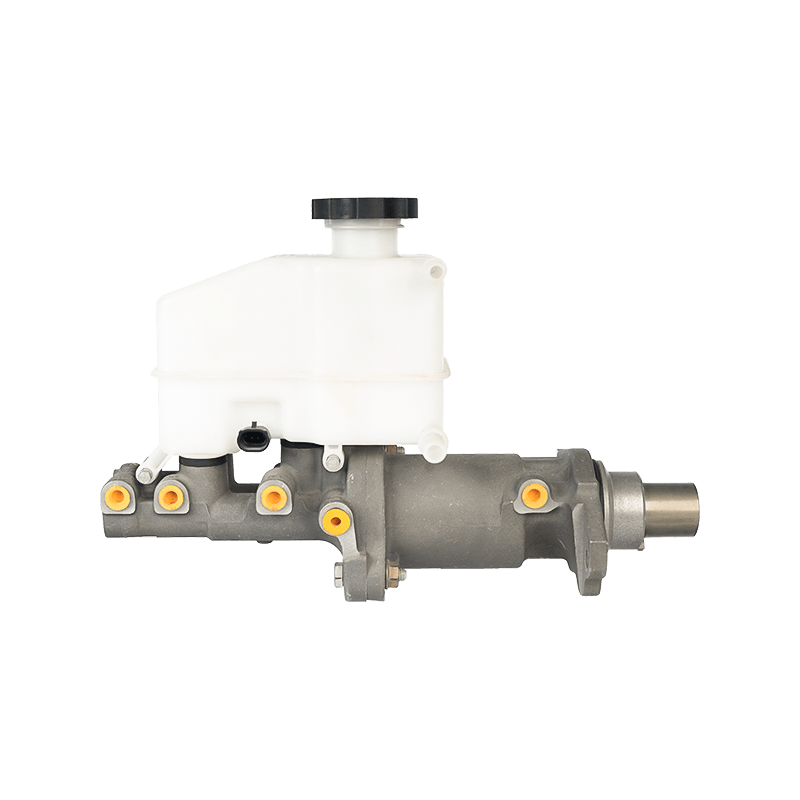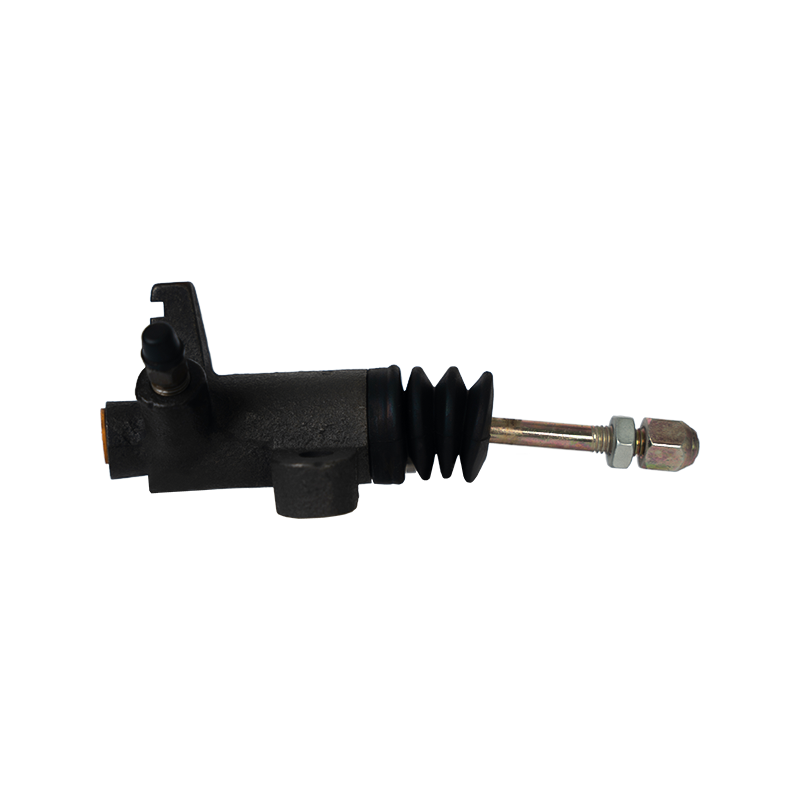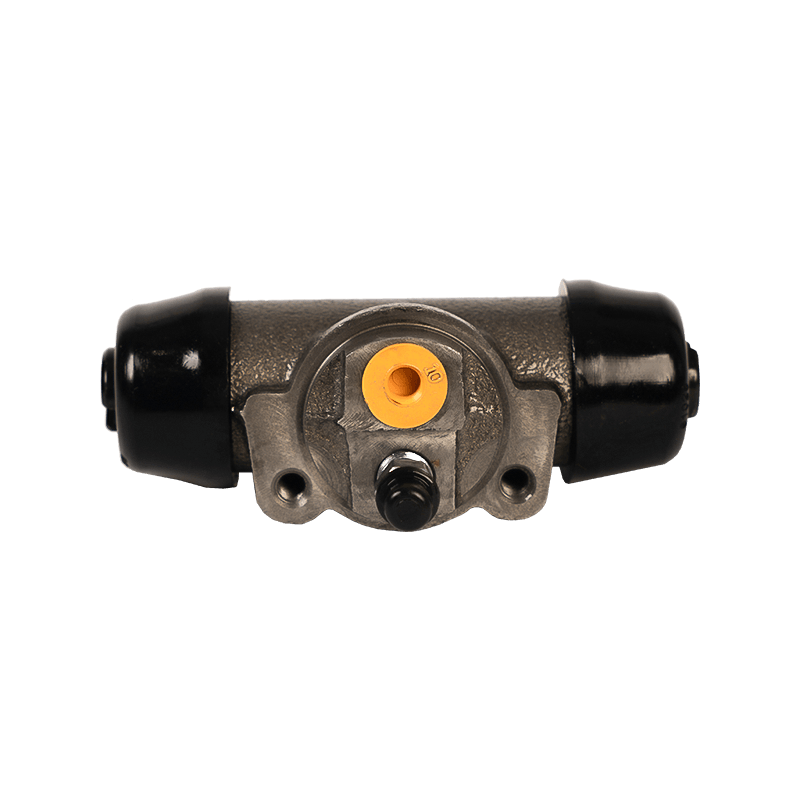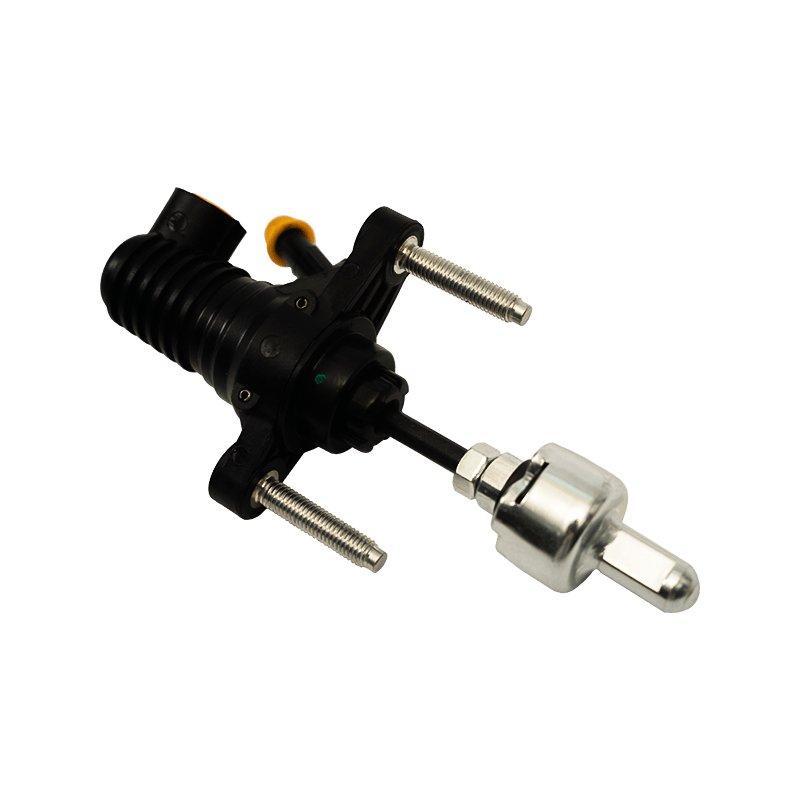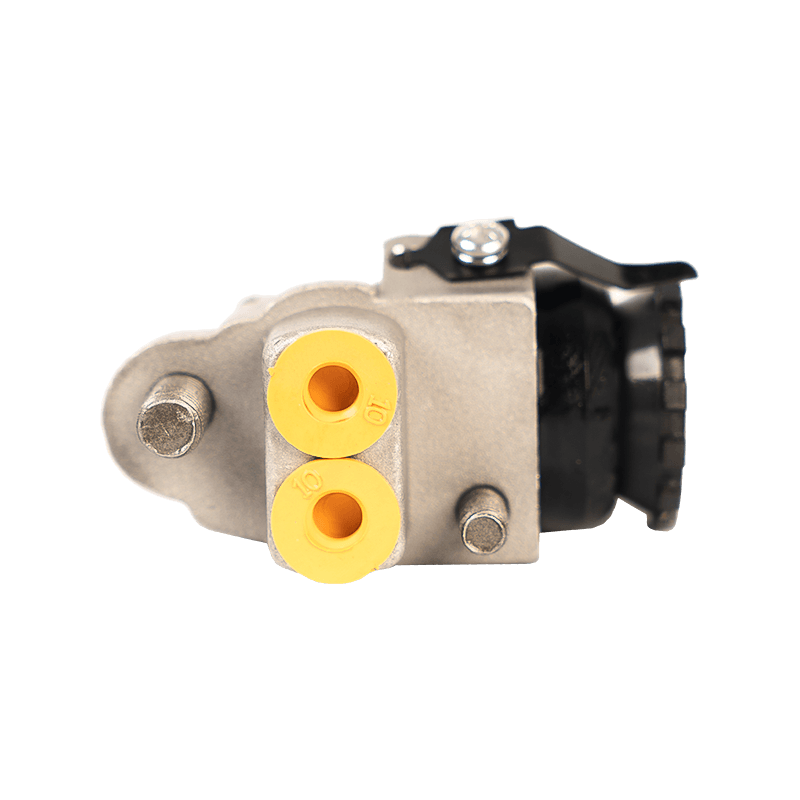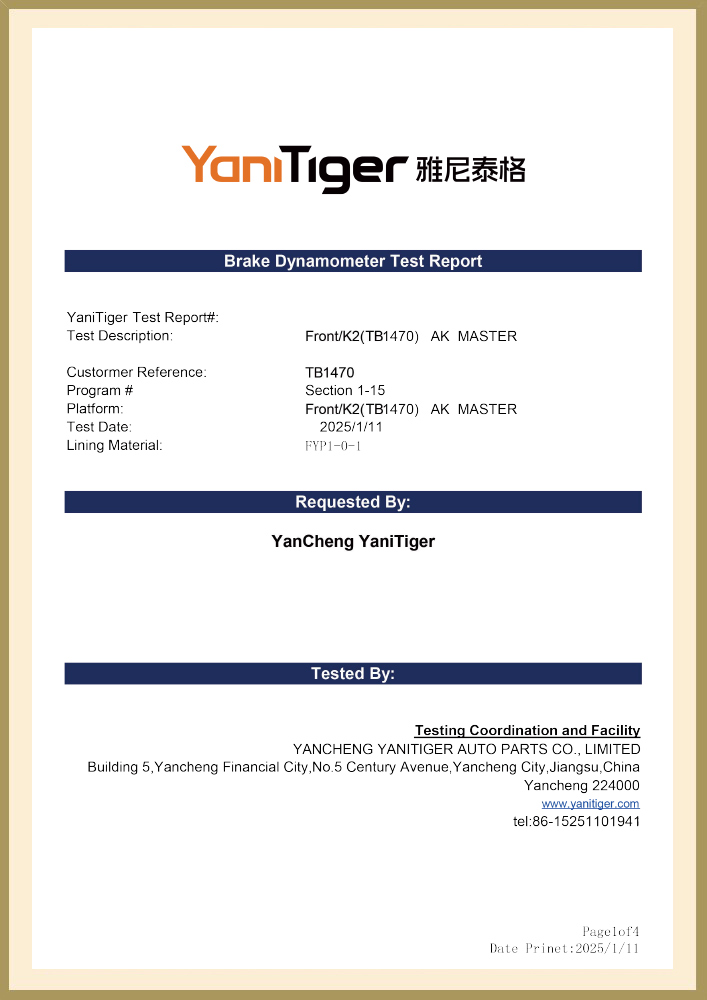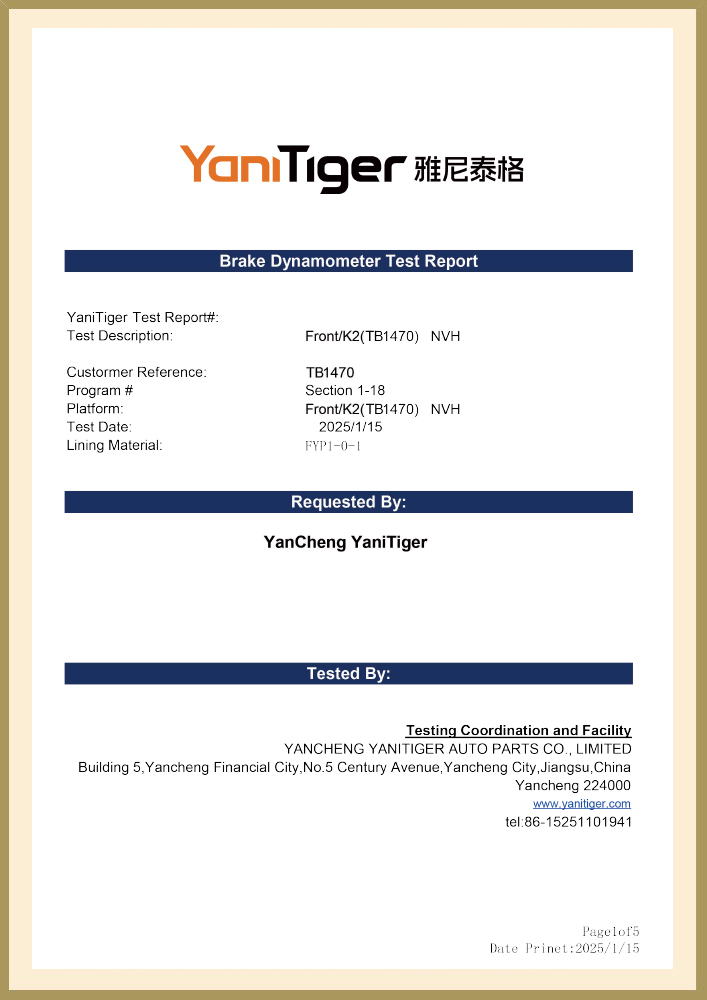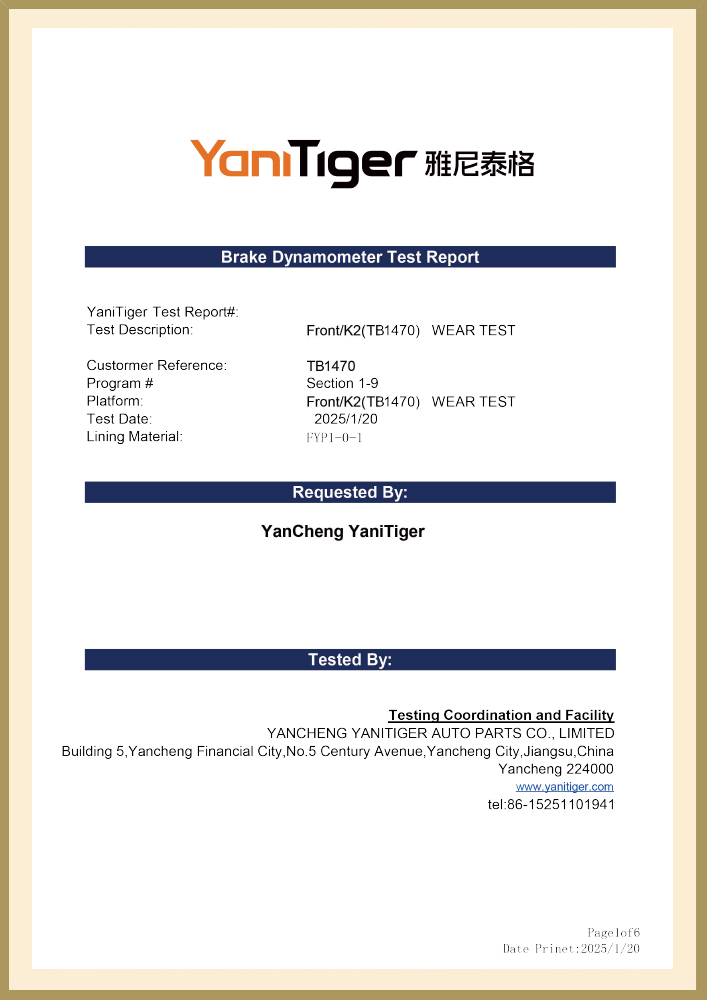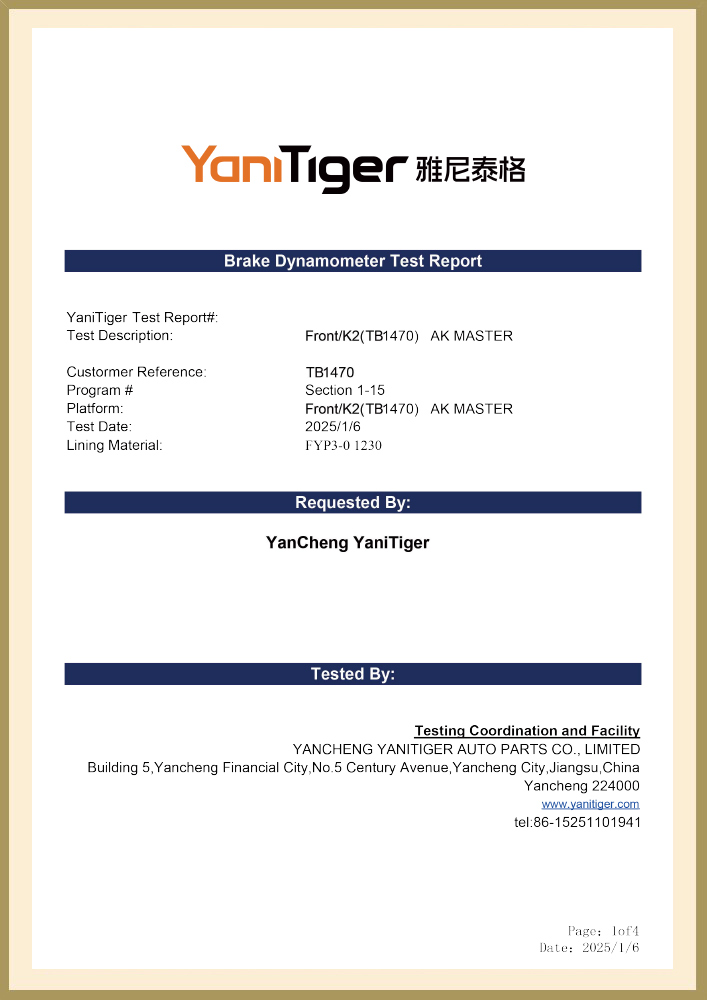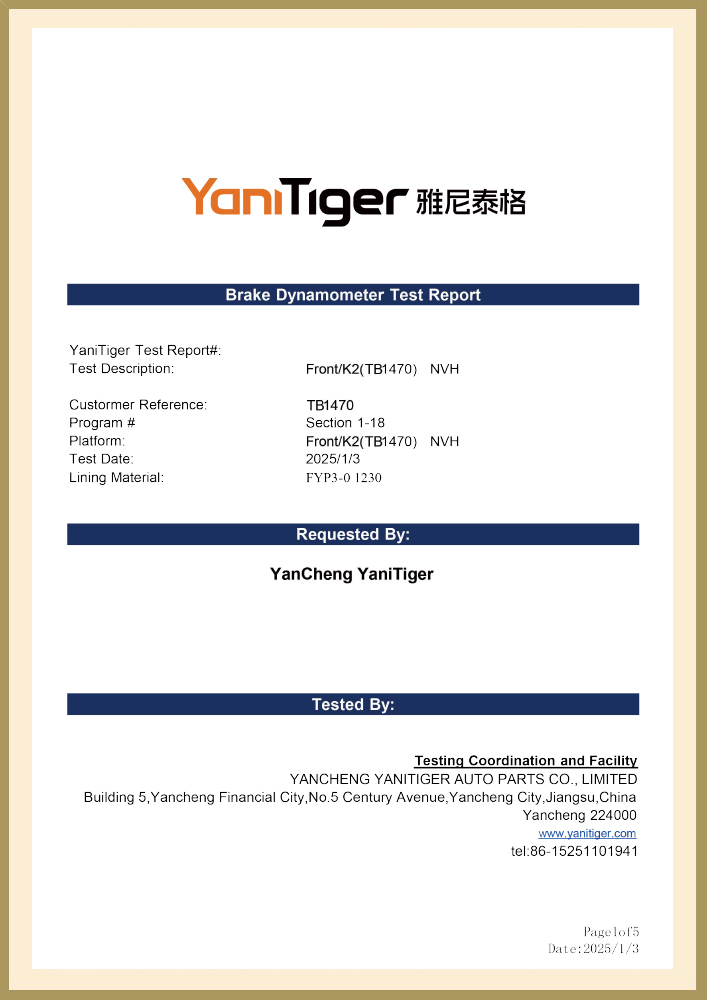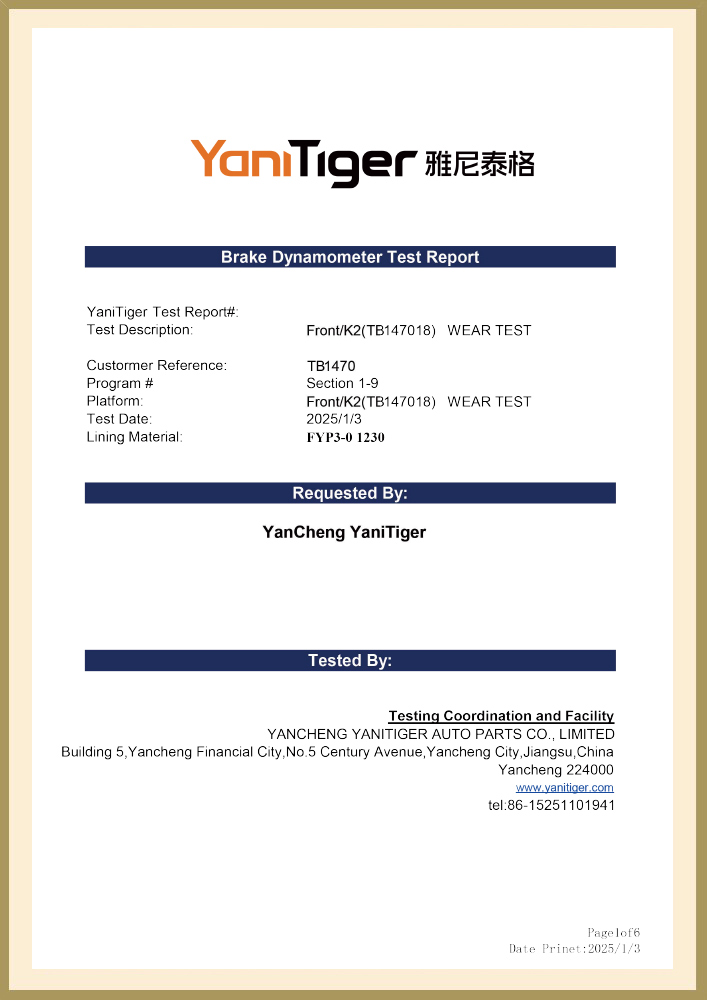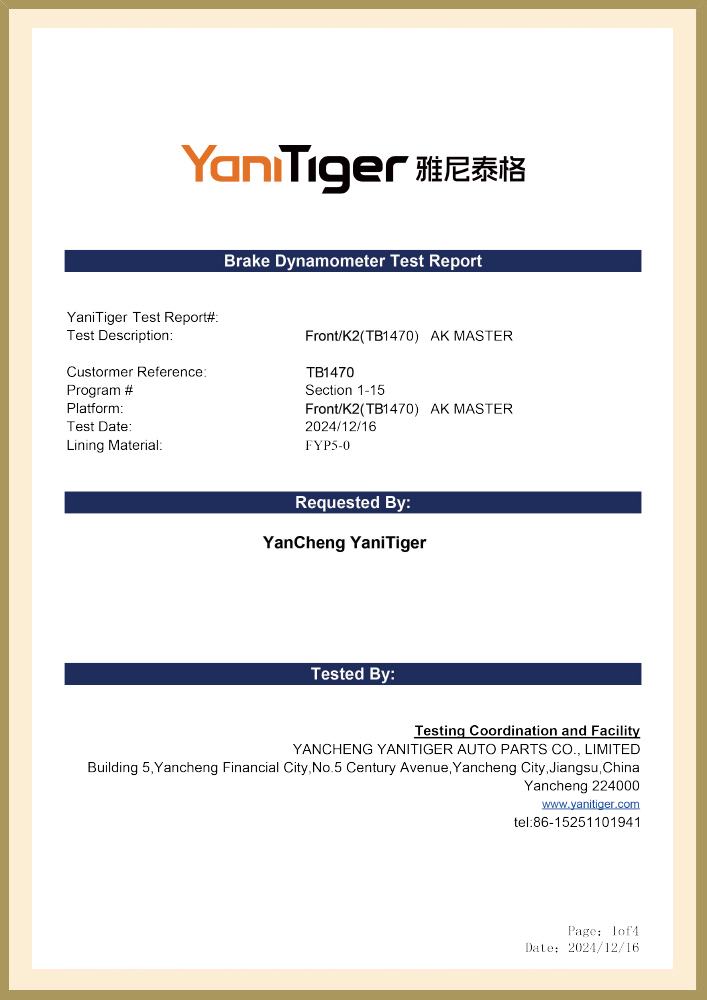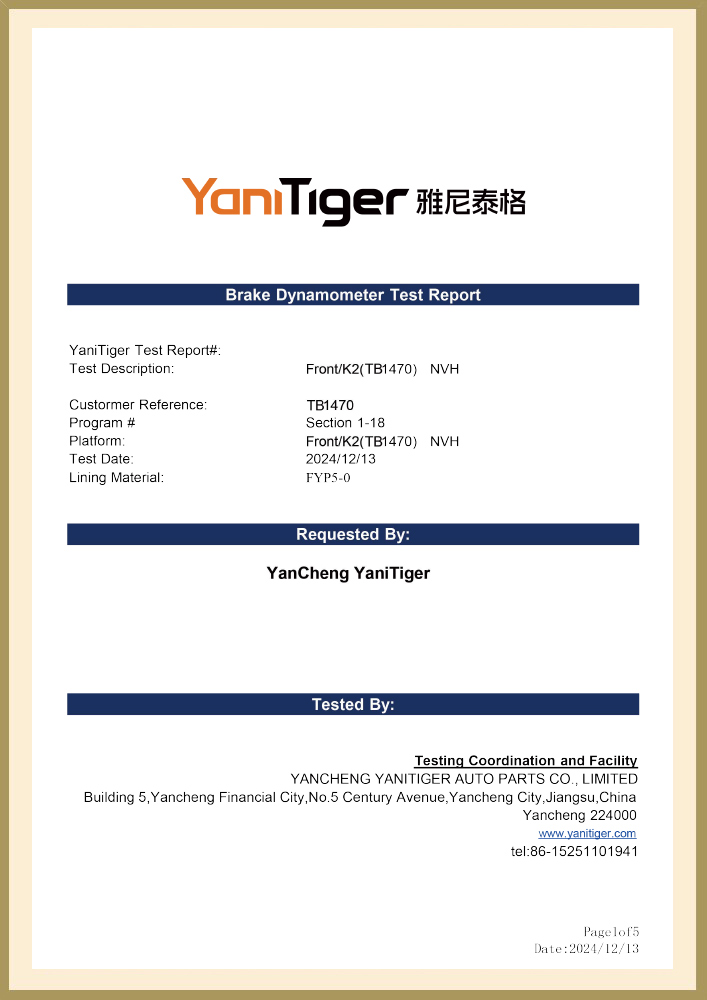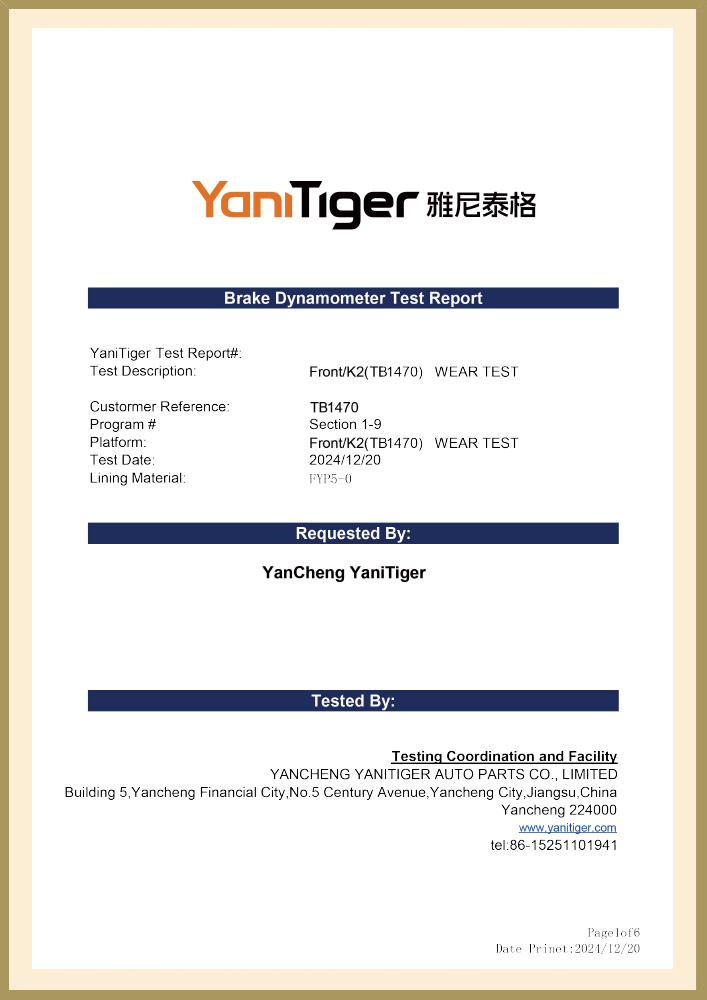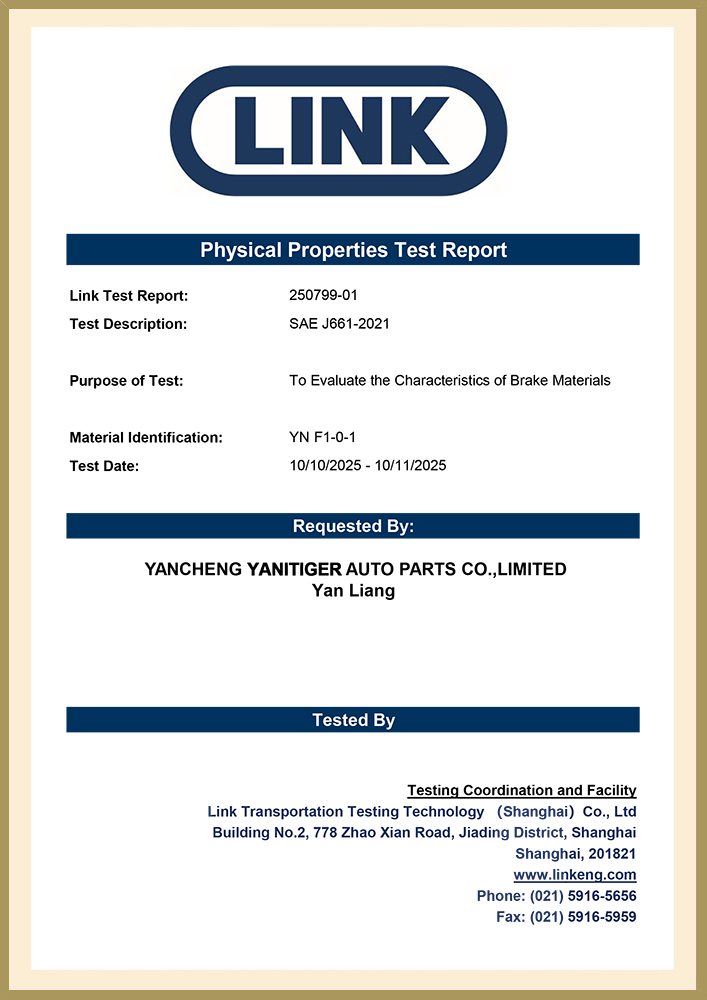Specifications
KEEP IN TOUCH
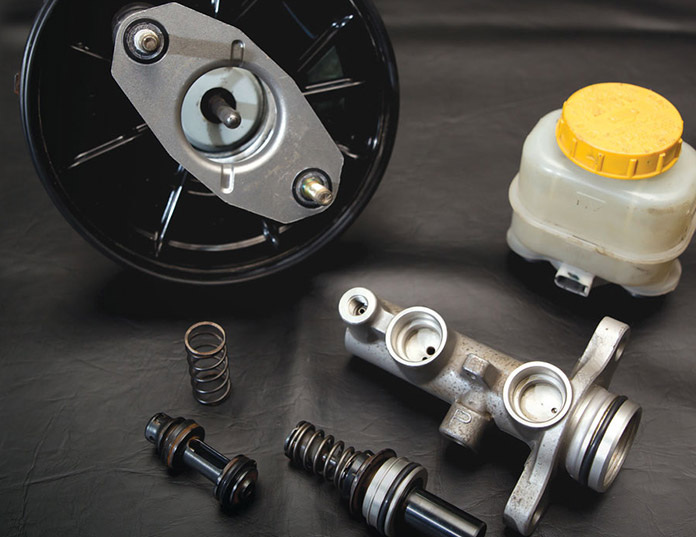
We have more than 1,000 brake shoes and brake pads for European, American, Russian, Japanese and Korean cars. The associated factories have created a highly experienced manufacturing team that exports thousands of auto part products worldwide. High quality and competitive prices are our targets. Our products have gained the certifications of ISO9001 and TS16949. We have built up a solid reputation with our customers in more than 30 countries.
We are looking forward to having a brighter and more successful business in the near future together with all of our clients all over the world.
-
Brake pads are undoubtedly one of the most important safety components in car maintenance. Among the many types of brake pads, ceramic brake pads and ...
READ MORE -
The hydraulic braking system is one of the most critical safety components of a car, and the master cylinder (brake master cylinder) is the "heart" of...
READ MORE -
Choosing the right brake pads is crucial, as it directly impacts your driving safety, driving experience, and vehicle maintenance costs. Step 1: Under...
READ MORE -
1. Ensure Braking Performance and Safety The coefficient of friction between the brake pads and brake discs directly determines the braking effect. An...
READ MORE
As the pressure center of the hydraulic brake system, Toyota's 47201-33110 brake master cylinder accurately converts the driver's pedal force into hydraulic energy, and achieves balanced distribution of front and rear wheel braking force through a dual-chamber series structure. This component is cast with a high-strength aluminum alloy and cast iron composite material. The master cylinder has a diameter of 25.4 mm and can withstand 32MPa hydraulic pressure.
47201-33110 Brake Master Cylinder For Toyota adopts a dual-piston compensation valve structure and is equipped with fast filling valve technology to ensure hydraulic stability under special working conditions. The piston sealing system is made of high-temperature resistant fluororubber material with a temperature range of -40℃ to 180℃. With the nitriding hardened guide pin system, the hydraulic pressure fluctuation amplitude is less than 0.3MPa after 15 consecutive 100-0km/h emergency braking, and the friction coefficient is stable in the range of 0.38-0.42. Its modular design is compatible with the intervention requirements of the ABS system, and the coordinated error with the brake pressure sensor is controlled within 0.1MPa.
If the brake pedal virtual position of the vehicle increases or the braking force is unevenly distributed during driving, the master cylinder sealing system should be checked first. After the mileage exceeds 100,000 kilometers, if the scratch depth on the inner wall of the master cylinder exceeds 0.1mm or the piston stroke deviation exceeds 3mm, it is recommended to replace the assembly directly. During installation, a torque wrench should be used to tighten the oil pipe interface, and the secondary pressure evacuation method should be used with DOT4 standard brake fluid to eliminate residual bubbles in the system.
 Search
Search
 Eng
Eng 
 English
English Español
Español Português
Português


